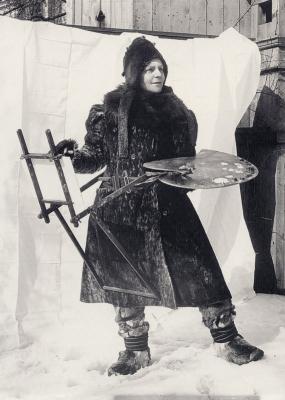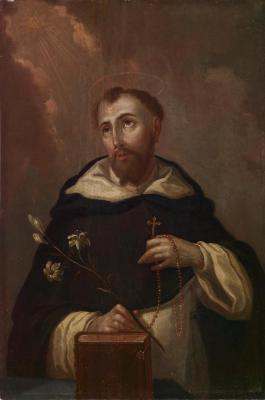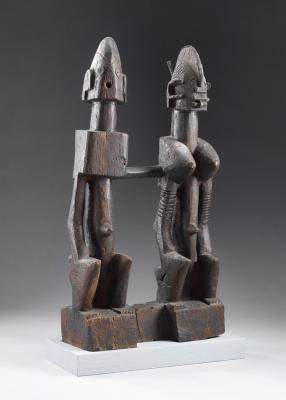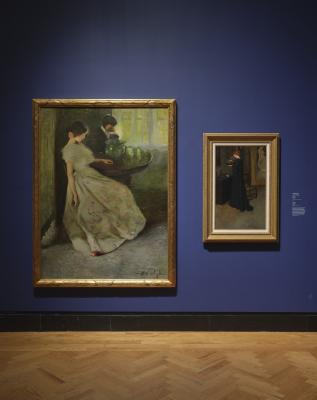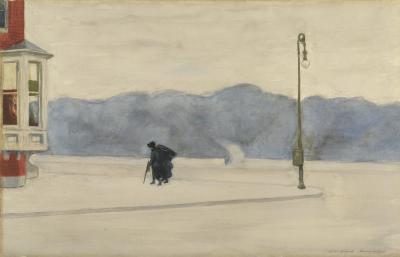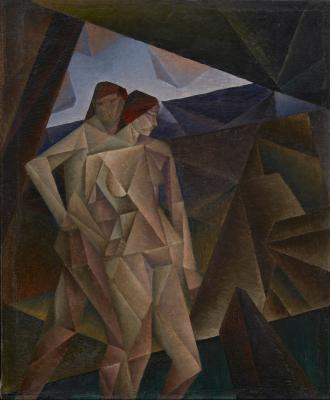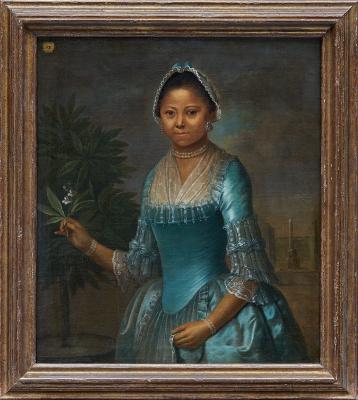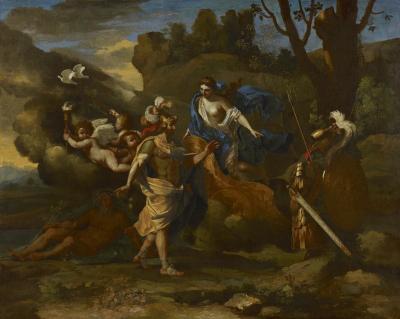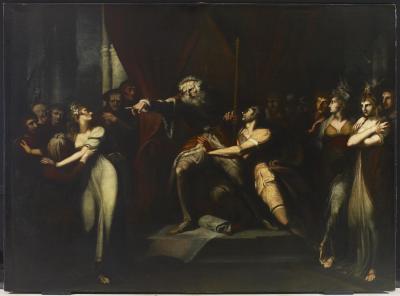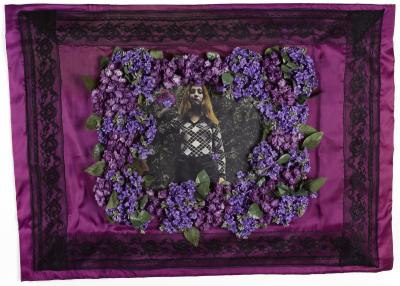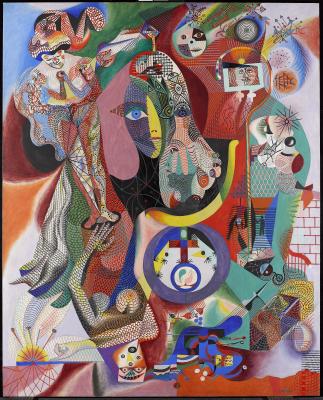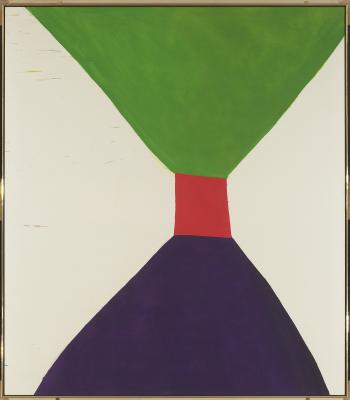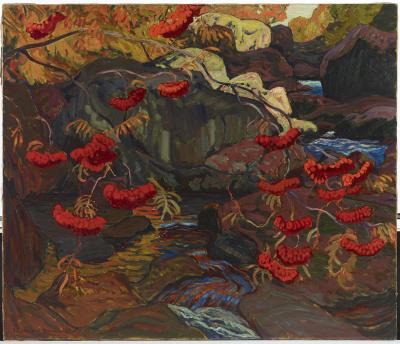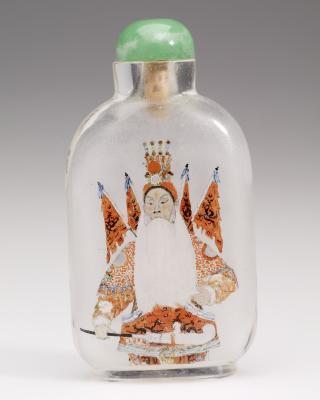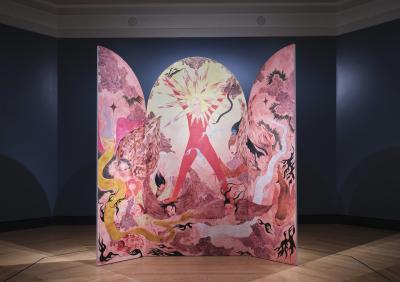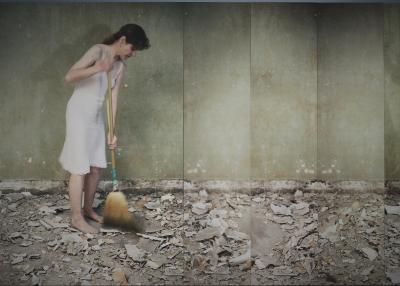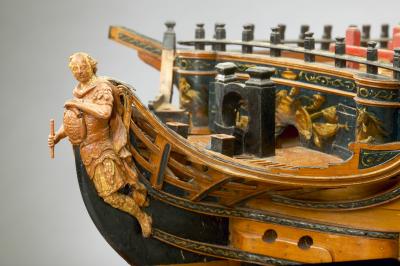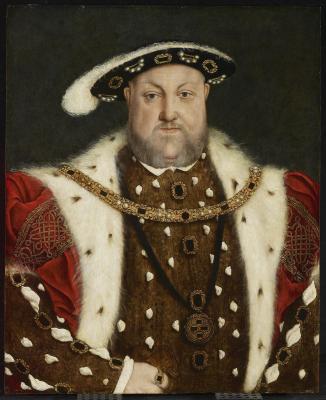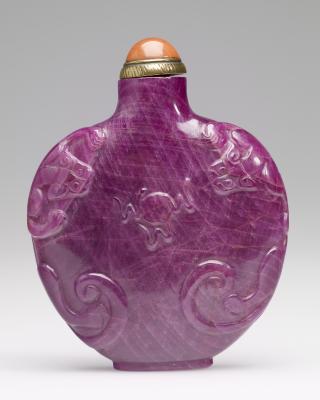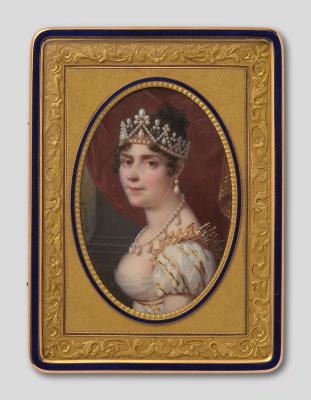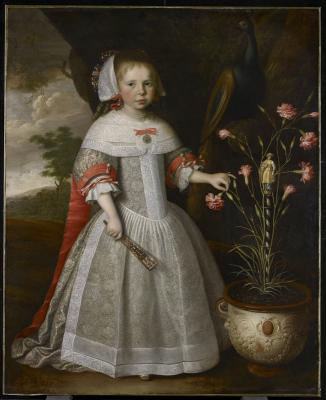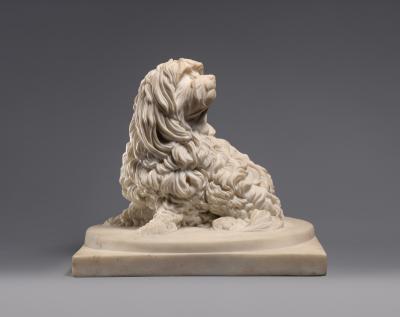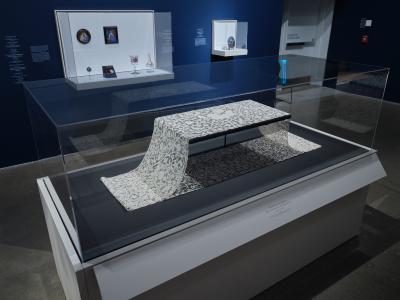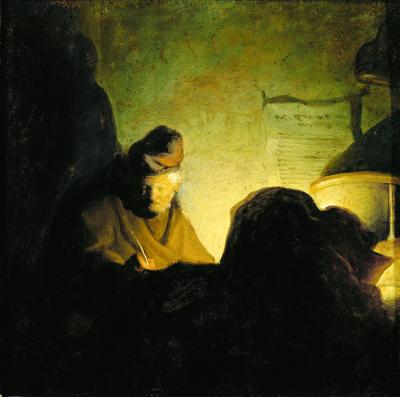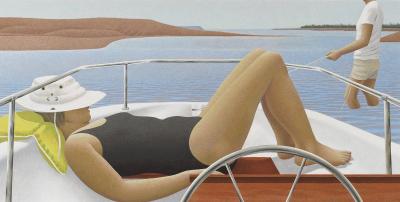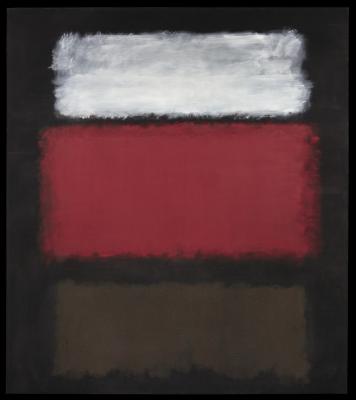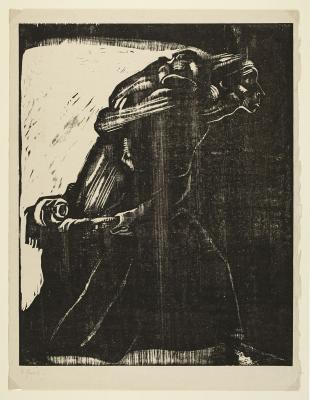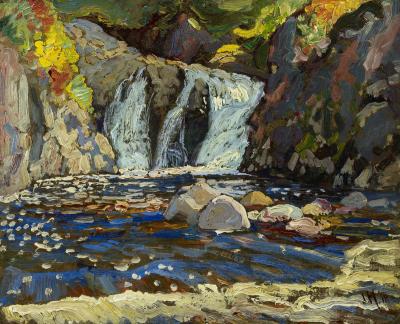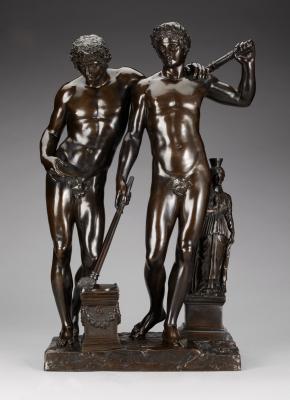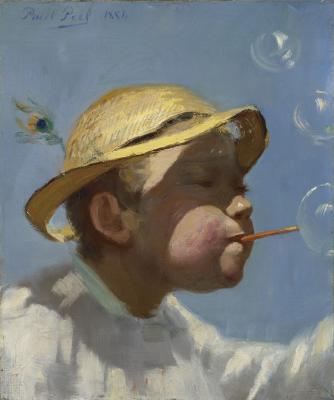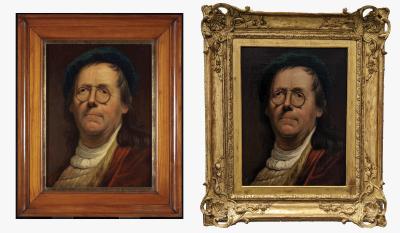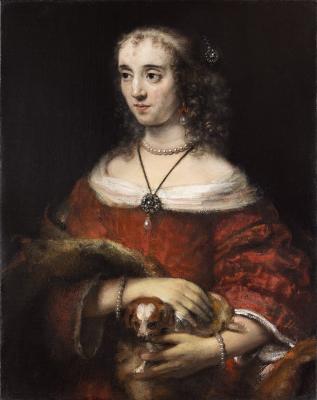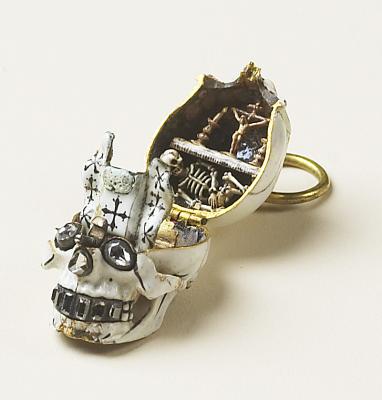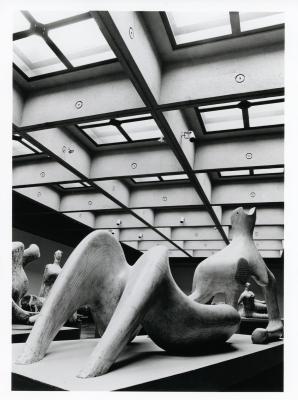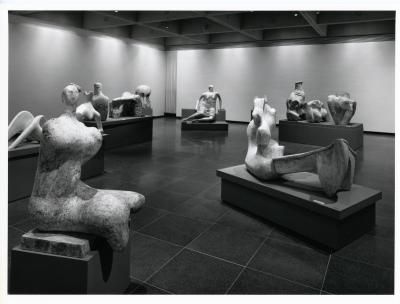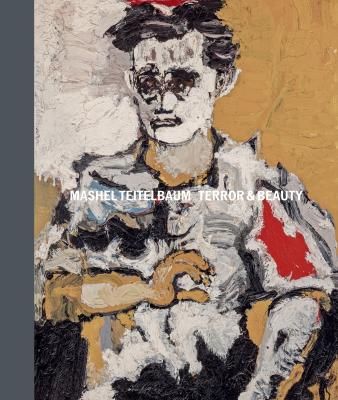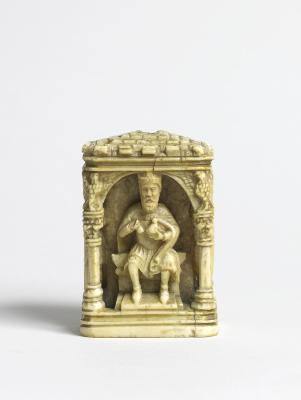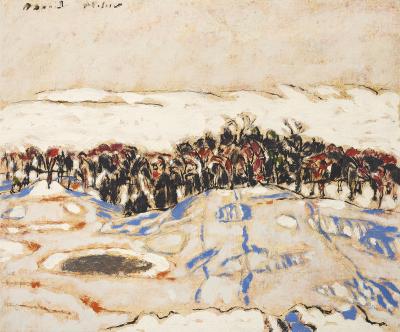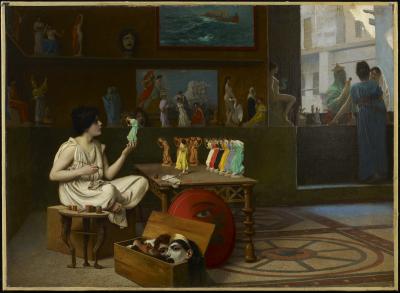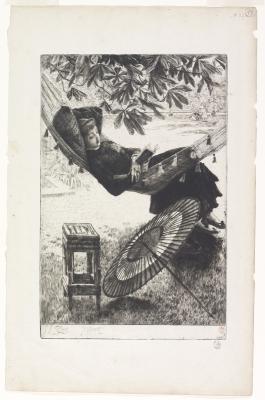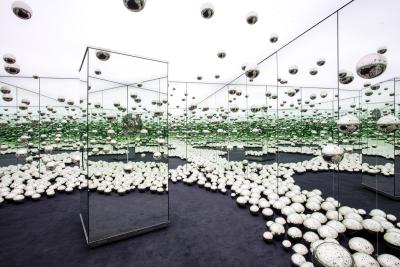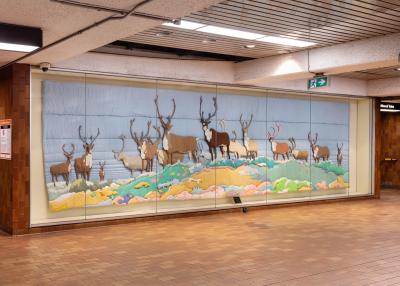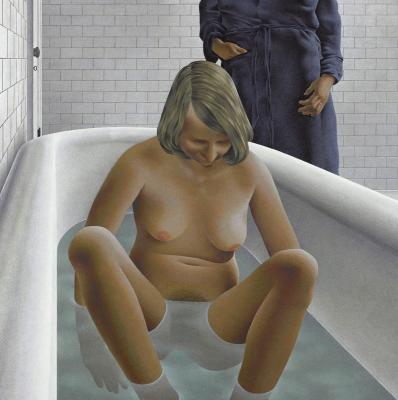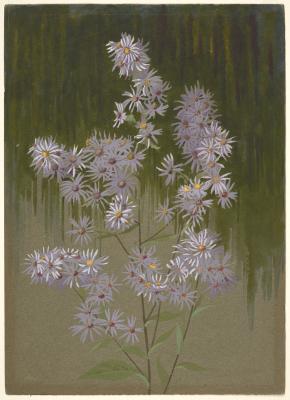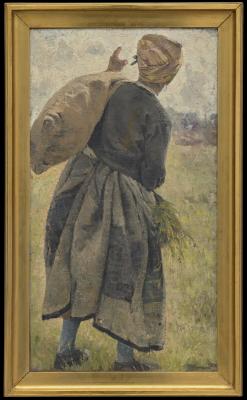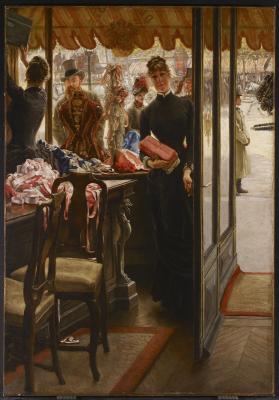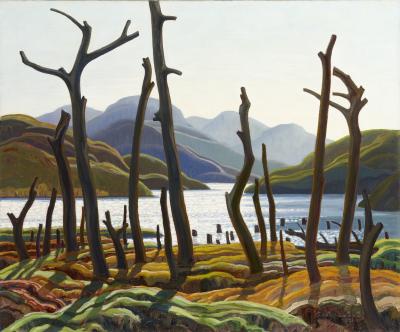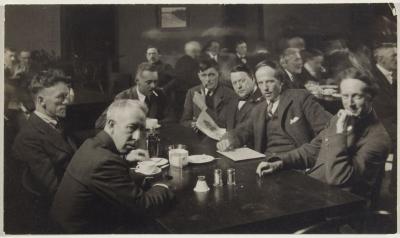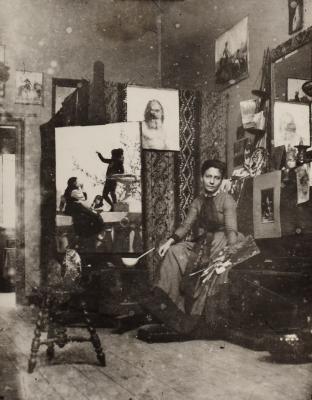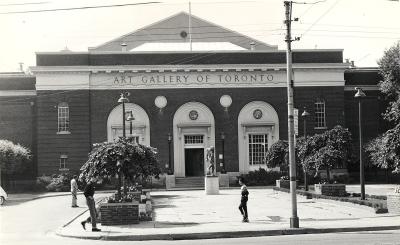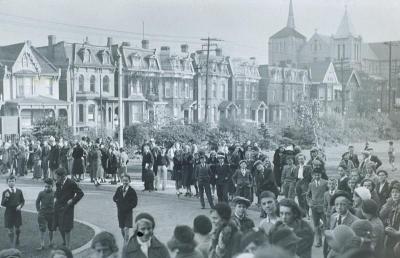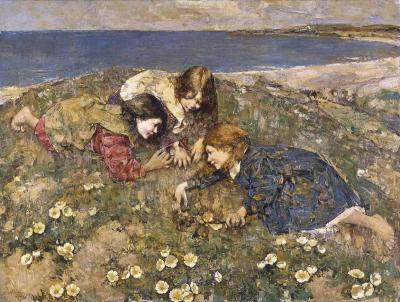So many little romances
Love stories abound in the Thomson Collection of European Art’s renowned collection of portrait miniatures
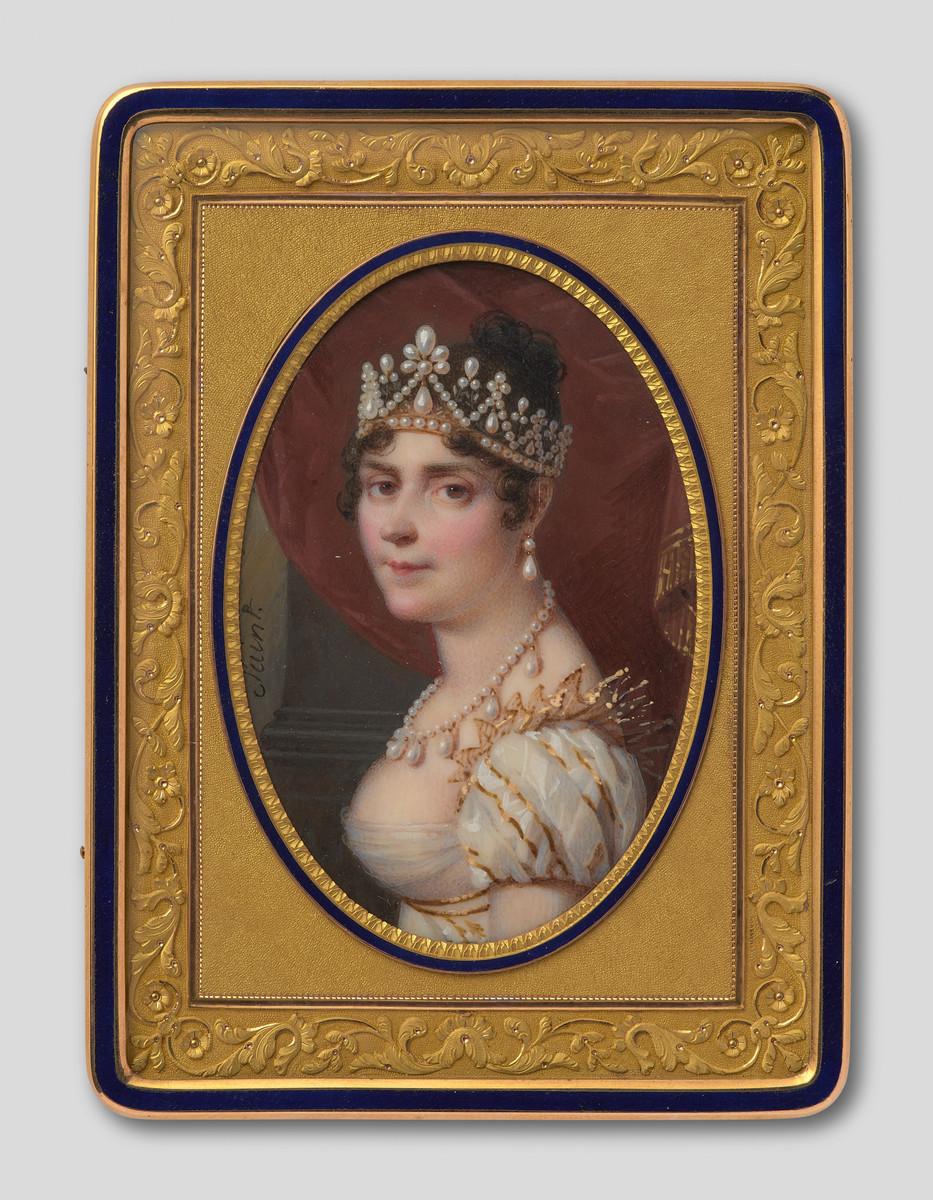
Daniel Saint. Portrait of The Empress Joséphine (1763-1814), c. 1800-c. 1809. gouache and watercolour on ivory, gold, enamel, Overall: 8.1 x 5.9 x 2 cm (3 3/16 x 2 5/16 x 13/16 in.) The Thomson Collection at the Art Gallery of Ontario. © 2017 Art Gallery of Ontario.
From the time of Henry VIII to the dawn of the camera age, one of the most enduring and artful ways of saying “I love you”, was through the commissioning and gifting of portrait miniatures. Exquisitely rendered portraits, done in watercolour and gauche on ivory, gold and enamel, or oil on metal, these intimately sized love tokens were often designed to be worn on a chain as a locket or concealed in a pocket.
Home to nearly 100 of these portrait miniatures, the Thomson Collection of European Art displays ornate and exquisite examples dating from the 16th to the 19th centuries. To see them, is to pass through a darkened doorway and step inside a small three-sided jewel-box gallery. Until someone crosses the threshold, they remain sleeping, protected by a blanket of dark from damaging light exposure. As the lights come up, a sea of miniature faces and fashions and love stories are revealed.
In honour of Valentines Day, we’ve assembled a few of our favourite miniatures, revealing love stories happy, tragic, and obscure. But all beautifully rendered.
The Empress Joséphine (above)
Racy love letters, pet names, lavish gifts, infidelity, conquest, separation, financial ruin – the marriage of Marie Josèphe Rose Tascher de La Pagerie and Napolean Bonaparte, had it all, despite lasting only thirteen years before it was annulled in 1809, purportedly for the good of the French people, but likely on account of her inability to give him an heir. Nonetheless, this portrait of what was endures, crafted by esteemed 19th century French miniaturist Daniel Saint (1778 – 1847).
Catherine of Braganza, Queen Consort of King Charles II
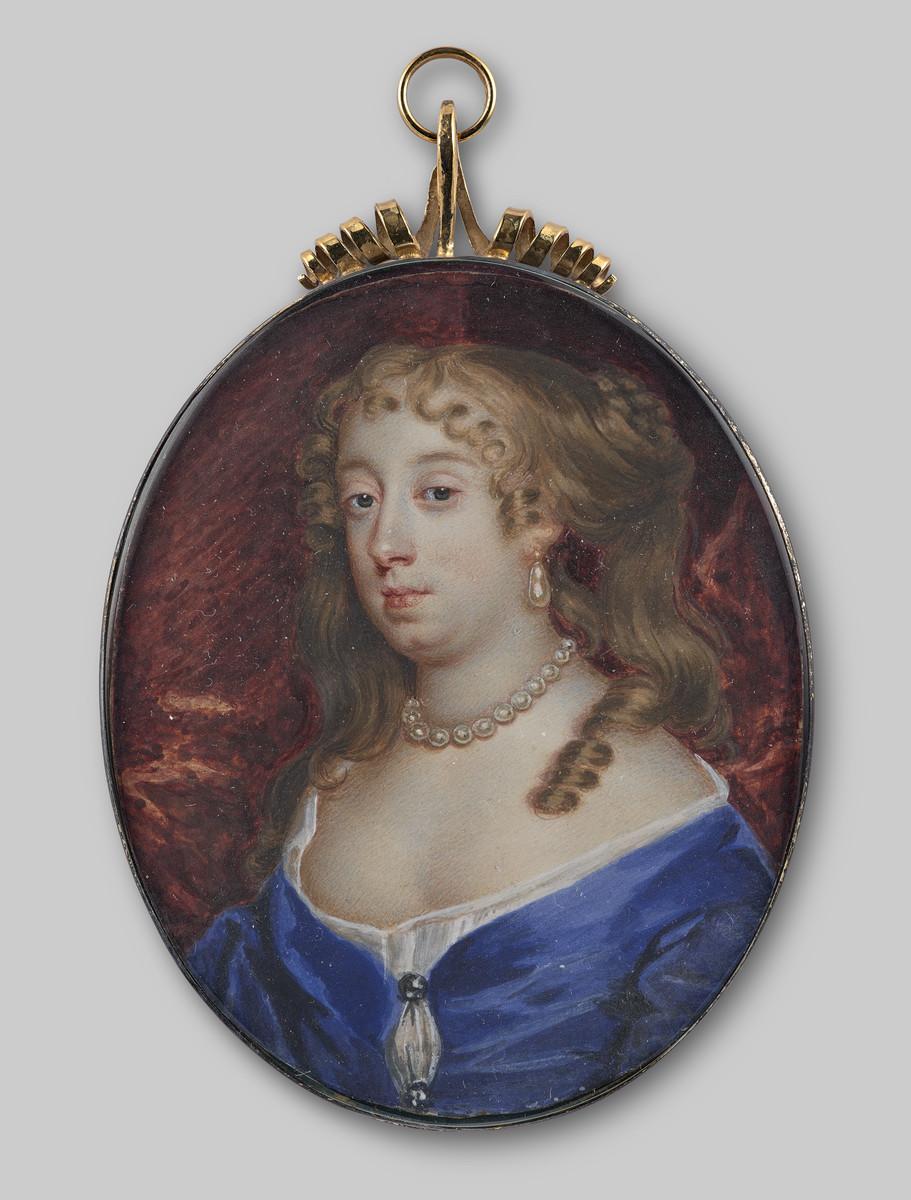
Richard Gibson. Portrait of Catherine of Braganza (1638-1705), Queen Consort of King Charles II, c. 1670. gouache and watercolour on card, gilded metal, Overall: 10.2 x 7.1 x 1 cm (4 x 2 13/16 x 3/8 in.) The Thomson Collection at the Art Gallery of Ontario. © 2017 Art Gallery of Ontario.
Who cherished you, Catherine? Certainly, not her husband, Charles II. This is a portrait that belies a life of heartbreak. Married to the so-called Merry Monarch, none of her children survived, while his flagrant infidelities led to no less than 12 illegitimate children. To him is attributed the infamous last words, ‘do not let poor Nelly starve’, a callous plea that someone care for his mistress. This portrait by the esteemed English miniaturist Richard Gibson (1615-1690) was done when Catherine was 32.
Rear-Admiral Horatio Nelson
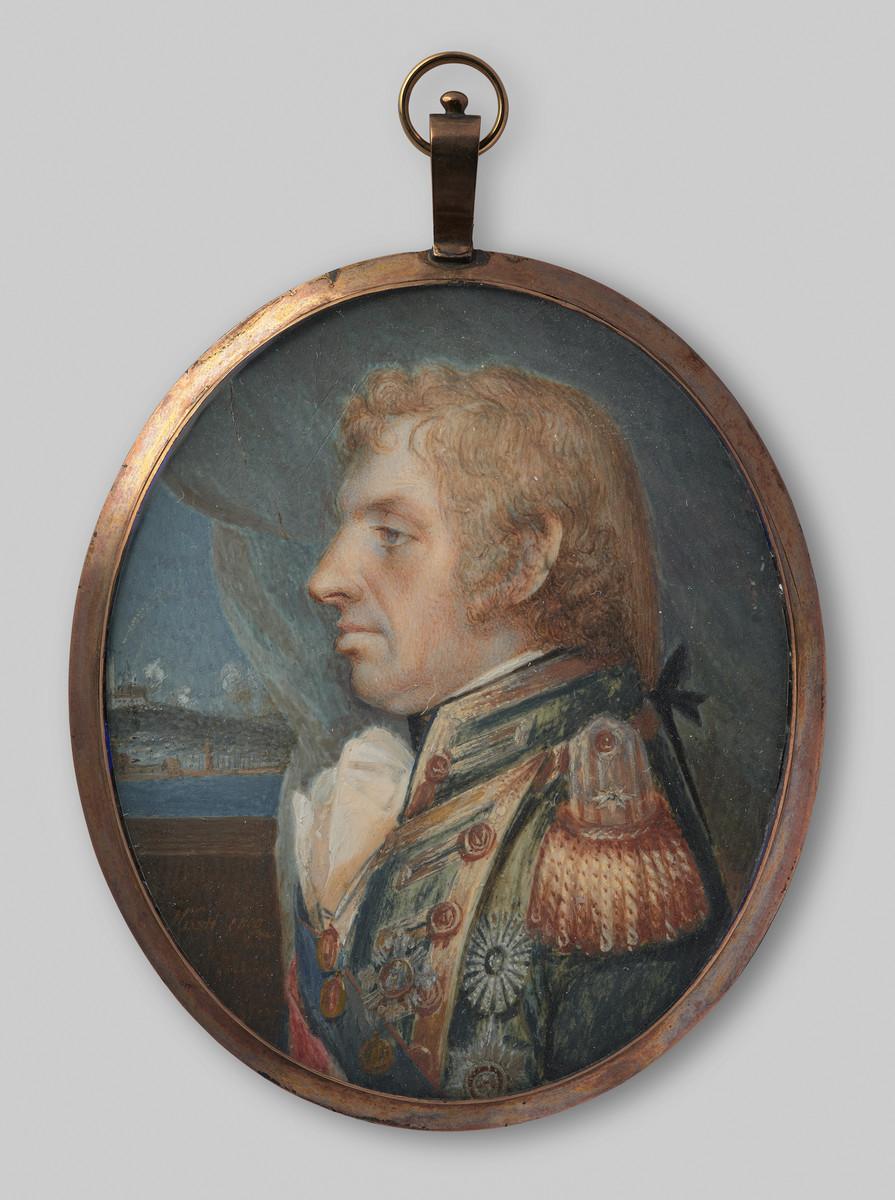
Edward Nash. Portrait of Rear-Admiral Horatio Nelson (1758-1805), 1800. watercolour on ivory, gilded silver, agates, The Thomson Collection at the Art Gallery of Ontario. © 2017 Art Gallery of Ontario
A British Naval commander during the Napoleonic wars, Nelson’s defeat of the French Fleet at the battle of Trafalgar, is not nearly as tragic as his love affair with the famed beauty Emma Hamilton, wife of the British Ambassador to Naples. In 1800, the year this portrait by the artist Edward Nash (1778–1821) was done, they were living together openly in London, still very much married to others. Despite having amended his will to include her, Emma was banned from his funeral and left penniless. She died an outcast in France.
Charlotte Corday
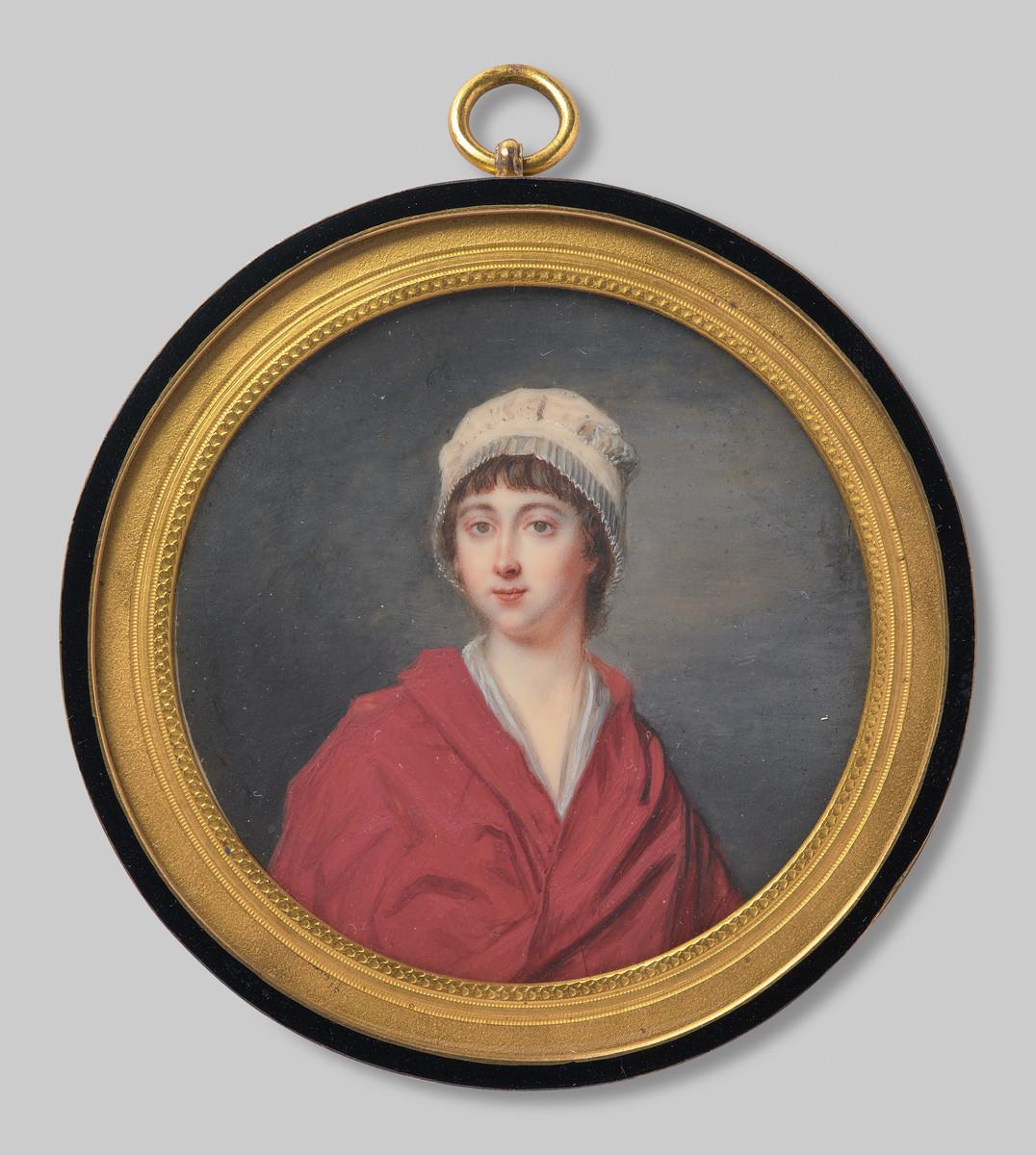
Charles Paul Jérôme de Bréa. Portrait of Charlotte Corday (1768-1793), probably 1793. watercolour on ivory, enamel, gilded metal, Overall: 8.8 cm (3 7/16 in.) The Thomson Collection at the Art Gallery of Ontario. © 2017 Art Gallery of Ontario.
Sent to the Guillotine for the murder of Jean-Paul Marat in 1793, this sympathetic portrait of Charlotte Corday, reminds us of another kind of love – love of country. Concerned for the outcome of the French Revolution under Marat’s influence, she took it upon herself to remove him from power, infamously stabbing him in his bathtub. This portrait, by the French Engraver and artist Charles Paul Jérôme de Bréa (ca. 1739-1820) is a interesting counterpoint to Jacques-Louis David’s deeply romantic painting The Death of Marat, which removed Charlotte completely from the scene.
Jean-Baptiste Gaston, Duke of Orleans
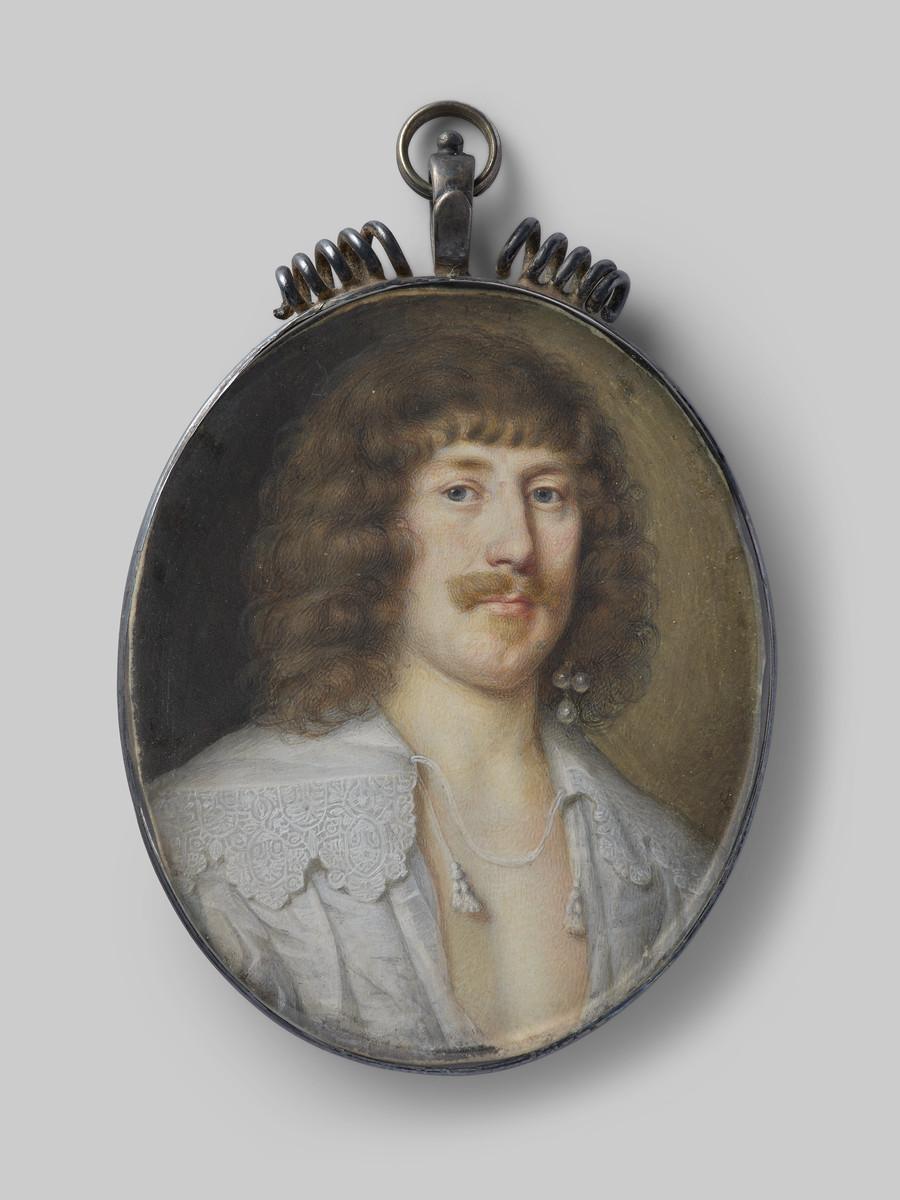
Alexander Cooper. Portrait of Jean-Baptiste Gaston, Duke of Orleans, c. 1640. watercolour on vellum, silver, Overall: 5.1 cm (2 in.) The Thomson Collection at the Art Gallery of Ontario. © 2017 Art Gallery of Ontario.
Who loved this spare heir? Marguerite of Lorriane, that’s who. She loved Jean-Baptiste Gaston so much she married him twice. Despite being the younger brother to the King of France Louis XIII, Gaston was forbidden to marry for love. So, they eloped, marrying in secret. Even the Pope felt badly for them, but it wasn’t enough to persuade Louis XIII and the marriage was annulled. This portrait by English miniaturist Alexander Cooper (1609-1660), was created around 1640, at a moment when Gaston was thought to be conspiring against his brother, the king. Not until Louis XIII was on his deathbed in 1643 was Gaston forgiven, and allowed, again, to marry his beloved.
These and other portrait miniatures from the Thomson Collection of European Art can be found on Level 1 in Gallery 110.
